Bangladeshi women are significantly trailing behind men in mobile internet usage, as revealed by the Global System for Mobile Communications Association (GSMA) in its latest report, "The Mobile Gender Gap Report 2024". According to the report, only 24 percent of women in Bangladesh use mobile internet compared to 40 percent of men.
The GSMA report, which covers 12 low- and middle-income countries including Egypt, Ethiopia, Kenya, Senegal, Nigeria, Uganda, Bangladesh, India, Pakistan, Indonesia, Guatemala, and Mexico, highlights several barriers to mobile internet usage. These barriers include low awareness of mobile internet, lack of mobile phones, low levels of education and digital skills, and concerns about security.
A significant issue identified is the high cost of mobile phones and data packages. In Bangladesh, as well as in Kenya, Nigeria, and Uganda, the high cost of internet data packages is a major obstacle for users. The report indicates that 24 percent of women and 15 percent of men in Bangladesh find the cost of data packages prohibitive.
Despite these barriers, there is a growing interest among women in using the internet in countries like Kenya, India, Pakistan, Bangladesh, and Ethiopia. In Bangladesh, both men and women primarily use mobile internet for online calls, video calls, and online entertainment. Additionally, 55 percent of men and 45 percent of women read news online, while 23 percent of men and 12 percent of women search for job and business information online. The internet is least used for accessing agricultural information.
The GSMA report also highlights that women in Bangladesh report more negative experiences online compared to men. While 74 percent of men and 65 percent of women in the country are knowledgeable about staying safe online, this indicates a need for increased digital literacy and safety measures, particularly for women.
Overall, the data from the GSMA underscores the persistent gender gap in mobile internet usage in Bangladesh, pointing to economic, educational, and security challenges that need to be addressed to bridge this divide.



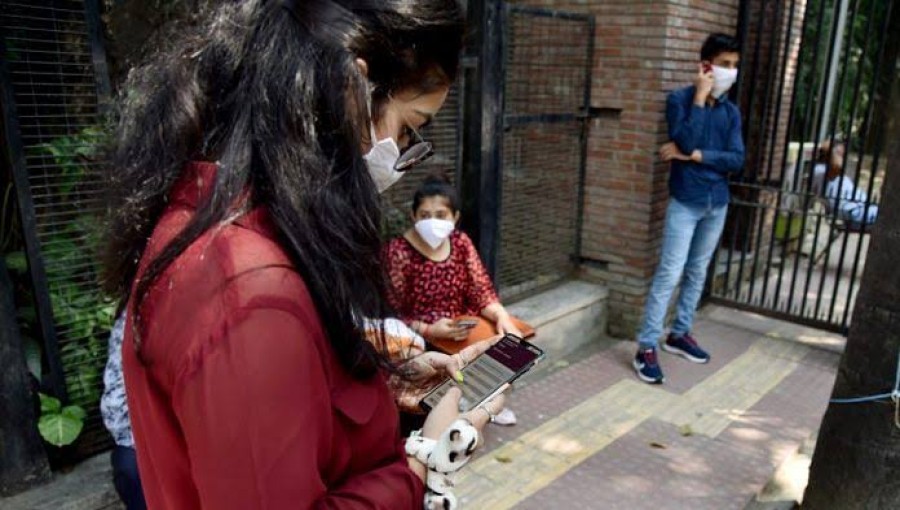





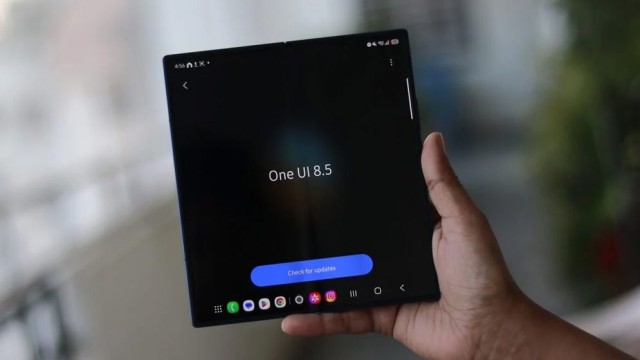
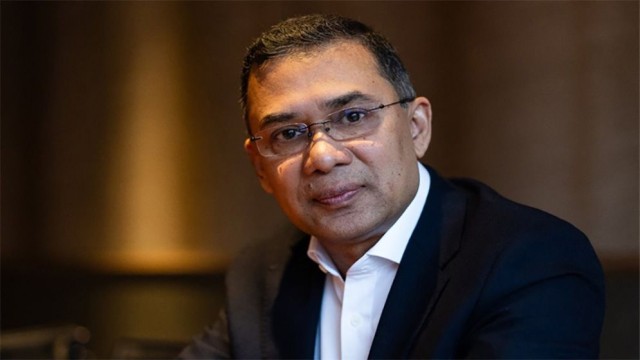

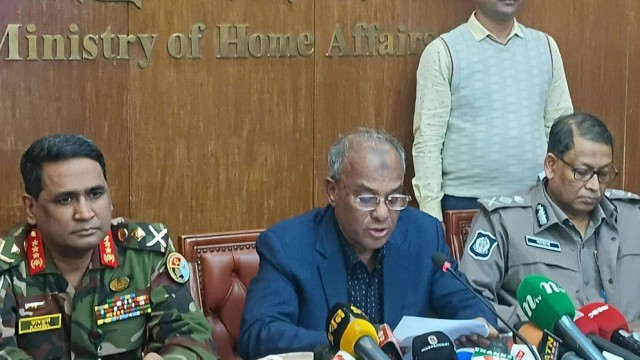

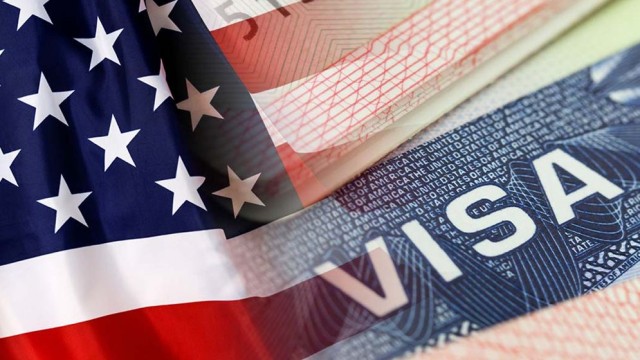
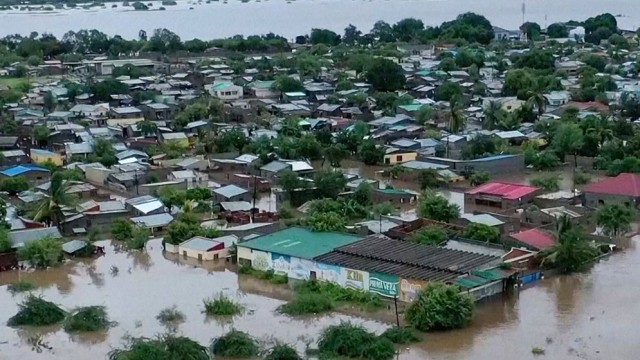

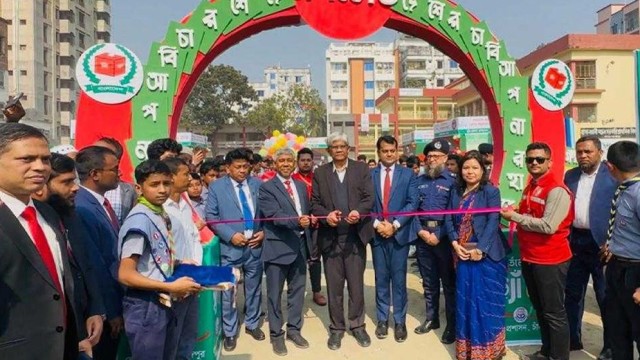




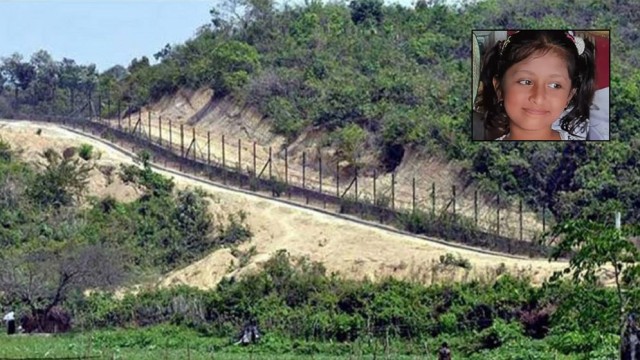



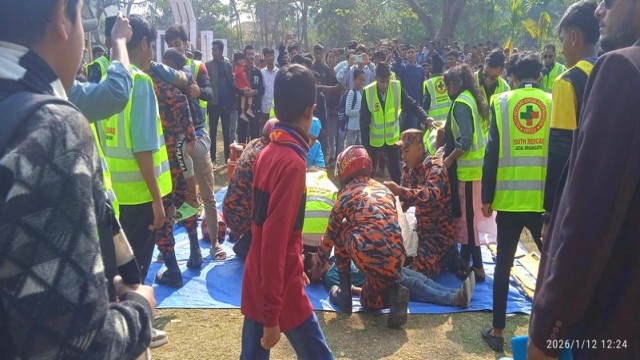




Comment: